Urban apiaries create a buzz in cities across the globe

Be it on the rooftops of Melbourne's Federation Square or atop Hong Kong's skyscrapers, urban apiaries are thriving all around the world. Honeybee guardians have leapt to the endangered insect's rescue, promising all-you-can-eat floras, luxurious hives and respite from the dangers of insecticides (a primary cause for the decline in wild honeybees). Not only have cities proved more hospitable environments for bees than first thought, studies have shown that eating local honey helps alleviate allergies. Meanwhile, concerns that urban-honey is contaminated by pollution have been disproved as bees have the facility to filter out toxins. Here, we take a look at a series of rooftop hives across the globe... Writer: Romy van den Broeke; Pictured: Bee-keepers from Melbourne Rooftop Honey at work atop the city's Federation Square
Melbourne, Australia
A surge of bee-housing schemes have popped-up across the low-lying rooftops of Melbourne, with sustainability-warrior Melbourne Rooftop Honey nurturing the city's buzzing brood. The honey contains a trace of menthol from the city's vast numbers of Eucalyptus trees.
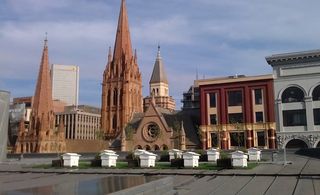
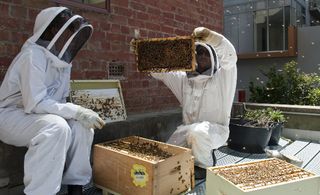
New York, USA
Awash with Lime trees, cherry blossoms and oak trees, Brooklyn and its surroundings have become an ideal home for the honeybee. With a little help from urban beekeepers, Brooklyn Grange Farm, the bees also feed from potted marigolds, sunflowers and asters, giving the honey its floral flavour, while Lime trees give it a notable tang.
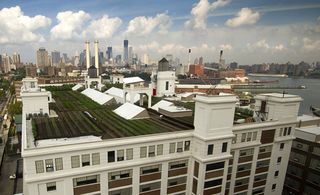
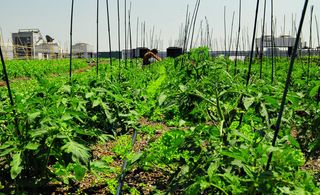
Kwun Tong, Hong Kong
Nestled in between mountains and forests, Hong Kong is a haven for the city bee with eucalyptus, Lychee and Logan fruit trees at their disposal, as well as a range of urban plants such as golden rod, bauhinia flowers and wildflowers. Batches of honey from farmers, HK Honey, are varied, with a collective fruity note.
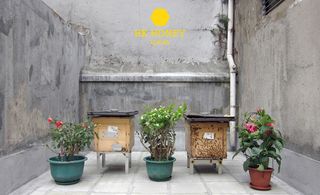




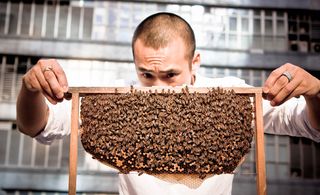
London, UK
Leading the way in London is The London Honey Company whose commitment to the nurture of the bees has seen it set up hives across the city. Taste varies with location - the company's Tate Modern hives produce toffee-like nectar courtesy of nearby Lime trees, and the Tate Britain site sees a harvest of citrus-spiked honey, flavoured by the adjacent giant acacias
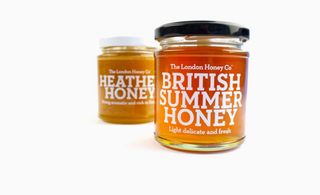

Berlin, Germany
Wallpaper* Newsletter
Receive our daily digest of inspiration, escapism and design stories from around the world direct to your inbox
Berlin-based Stadtbienenhonig Company harvests honey on the city's flat roofs. Bees have a mass of Horse Chestnuts and Lime (Linden) trees to feed from, producing a delicate honey with a distinctive woody finish

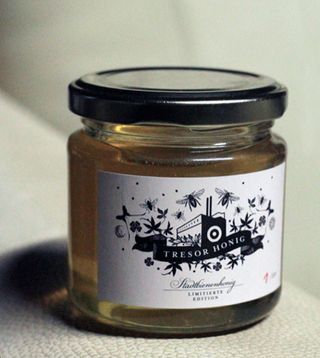
Ellie Stathaki is the Architecture & Environment Director at Wallpaper*. She trained as an architect at the Aristotle University of Thessaloniki in Greece and studied architectural history at the Bartlett in London. Now an established journalist, she has been a member of the Wallpaper* team since 2006, visiting buildings across the globe and interviewing leading architects such as Tadao Ando and Rem Koolhaas. Ellie has also taken part in judging panels, moderated events, curated shows and contributed in books, such as The Contemporary House (Thames & Hudson, 2018), Glenn Sestig Architecture Diary (2020) and House London (2022).
-
 Ikea introduces its first gaming furniture collection
Ikea introduces its first gaming furniture collectionBrännboll is the first Ikea gaming furniture collection, unveiled during Milan Design Week 2024 and designed to swiftly transform a domestic space into a gamer’s paradise
By Jasper Spires Published
-
 Morgan take their classic roadster and give it subtle but significant tweaks for 2024
Morgan take their classic roadster and give it subtle but significant tweaks for 2024New details and features give the compulsive Morgan Plus Four an even more pared back silhouette and driving ability
By Jonathan Bell Published
-
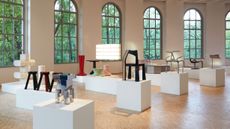 Wallpaper* Class of '24 exhibition now open at Triennale Milano
Wallpaper* Class of '24 exhibition now open at Triennale MilanoWallpaper* Class of '24 exhibition at Triennale spotlights international emerging talent in furniture and product design, with the support of AHEC and SNOW (until 21 April 2024)
By Rosa Bertoli Published